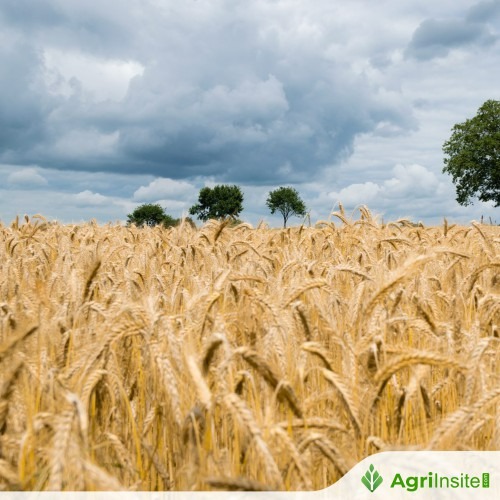European wheat production makes big recovery

The EU forecasts higher 2025 crop outputs: soft wheat at 129.2 million tonnes and rapeseed at 18.9 million tonnes, both above average. Durum and rapeseed imports are set to decline, potentially impacting Canadian exports. Crop quality remains uncertain due to rains. EU trends indirectly influence global prices despite class differences.
The EU is a big player in global crop markets. The major crops of interest to Canadian growers are soft wheat, durum and rapeseed.
EU soft wheat acreage was up five per cent over last year, while yields should rise by 5.6 per cent.
EU soft wheat production is forecast at 129.2 million tonnes, a 14.8 percent improvement over last year and 4.2 per cent above the five-year average.
EU soft wheat exports are expected to be 29.8 million tonnes, a 24 per cent increase over last year and right in line with the five-year average.
Western Producer markets desk analyst Bruce Burnett said the EU does not compete directly with Canadian growers because it produces a different class of wheat.
However, the class it produces makes up the bulk of the world wheat trade, so it is influential.
“It does sort of set the lower end of wheat prices, so it does have an impact,” he said.
However, he cautioned that while a 24 percent increase in exports sounds impressive, it is just getting back to normal levels.
“This year’s crop is better than last year, but last year’s crop was horrible, absolutely horrible,” said Burnett.
Mercantile Consulting Venture is reporting that there could be some quality issues in two important production regions.
“Heavy rain in northern France and Germany has brought concerns about the quality of the remaining crops to be harvested there,” the firm said in the weekly wheat market outlook it does for the Saskatchewan Wheat Development Commission.
EU durum acreage rose by four per cent, while yields are expected to be up 6.6 per cent over last year.
Production is pegged at 8.1 million tonnes, a 10.8 per cent improvement over last year and 7.9 per cent above the five-year average.
Exports are forecast at 900,000 tonnes, a 27.5 per cent increase over last year, while imports are predicted at 2.4 million tonnes, a 6.4 percent decline.
Burnett said a lot of the EU trade is a quality arbitrage. It ships out poor quality durum and imports top quality from Canada and elsewhere.
Those import and export numbers will greatly depend on how crop quality turns out, so harvest weather will be key.
“I’m assuming that the quality has been pretty good, just because of the conditions they have had,” said Burnett.
If that is the case, both the import and export numbers will fall.
EU farmers planted 14.7 million acres of rapeseed, a 4.5 per cent increase over last year, while yields are forecast to be up 1.9 per cent.
Production is pegged at 18.9 million tonnes, an 11.6 per cent increase over last year and 4.4 per cent above the five-year average.
The EU is expected to import 24.3 million tonnes of rapeseed/canola, a 17.2 per cent decline from last year and 4.2 per cent below the five-year average.
That does not bode well for Canada. The EU has been Canada’s third largest canola customer in 2024-25, behind China and Japan.
However, Canada might not have enough canola to supply the EU in the upcoming year. Burnett is forecasting Canada’s crop will be 549,870 tonnes smaller than last year.
To Read more about Wheat News continue reading Agriinsite.com
Source : The Western Producer

















